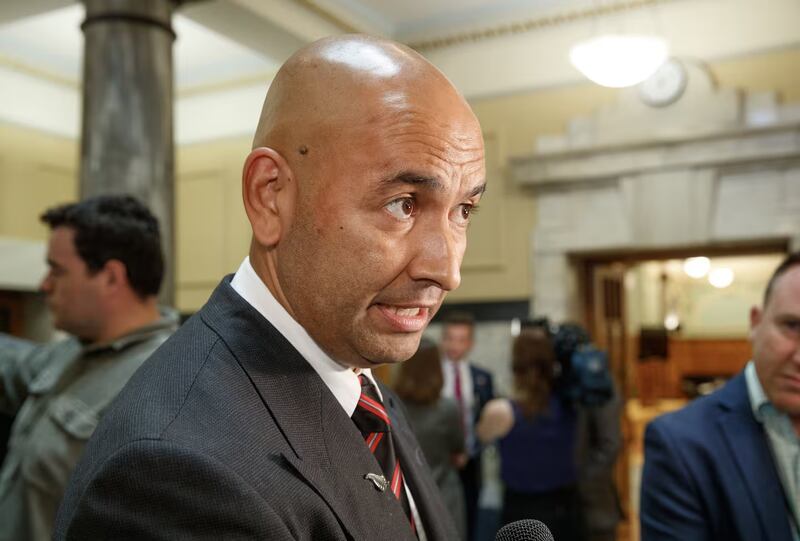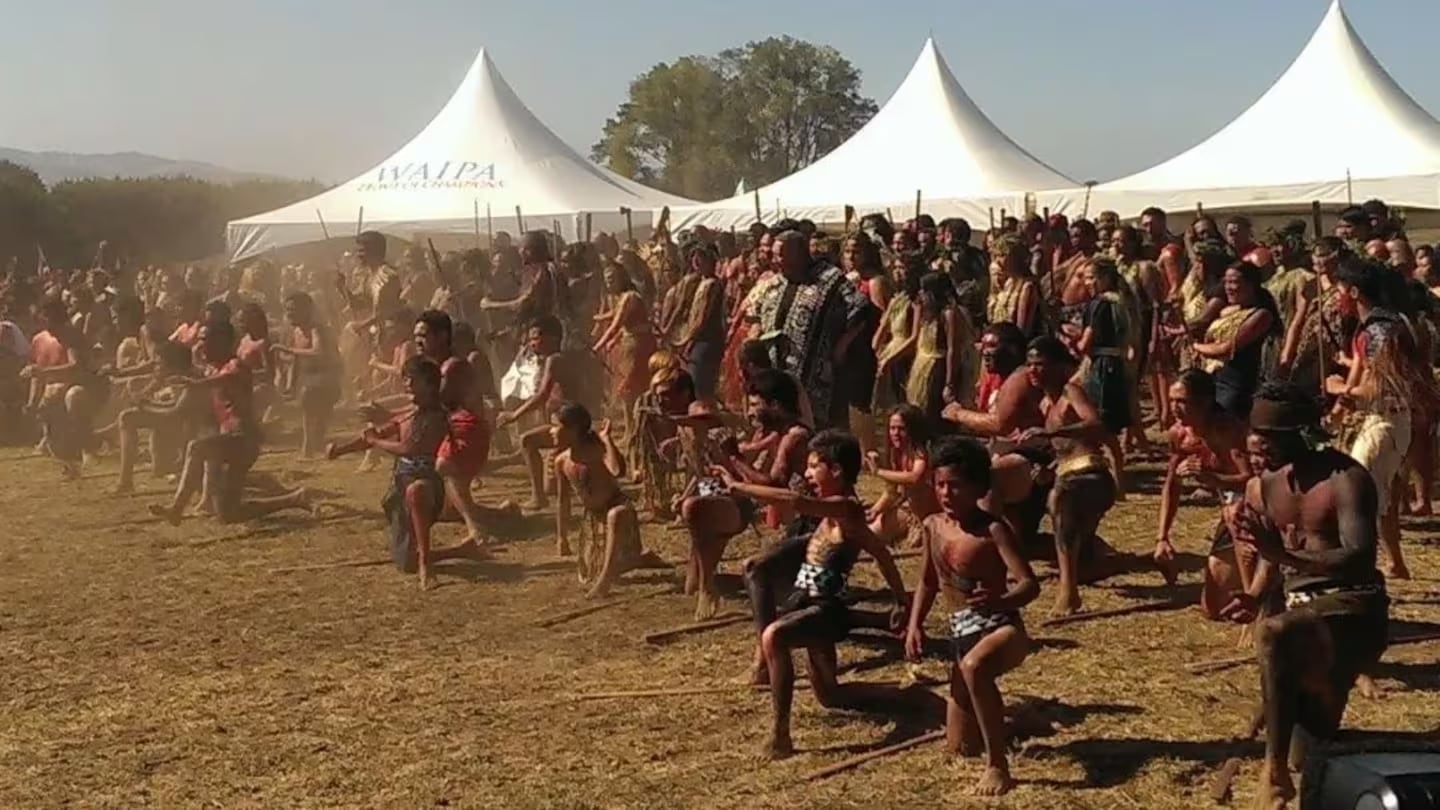The return of the historic Ō-Rākau battle site to the descendants of those who fought there moved one step closer this week with the first reading of Te Pire mō Ō-Rākau, Te Pae o Maumahara / The Ō-Rākau Remembrance Bill.
The bill will entrust the 9.7ha battle site, 5km west of Kihikihi, in ngā tūpuna o Ō-Rākau, to the ancestors of Ō-Rākau. This unique arrangement acknowledges all those who were present during the battle or had traditional connections to the land. It gives effect to a deed signed between the Crown and iwi representatives from Maniapoto, Raukawa and Waikato-Tainui in October 2023.
Minister for Māori Crown Relations - Te Arawhiti, Tama Potaka, said the reading was a significant step toward the return of this historic battle site, and an appropriate acknowledgement of those who fought and died there.
“The story of Ō-Rākau is one of national significance, as well as to the descendants of the ancestors of Ō-Rākau, in whose names the whenua will be vested.”

Ō-Rākau was the site of the last major battle in the Crown’s 1863-64 invasion of Waikato. Between March 31 and April 2, 1864, around 300 Māori, many of them women and children, defended themselves against an attack by 1400 British troops. According to reports, around half the defenders were killed during the fighting and their subsequent retreat.
Potaka, who attended the recent 160th anniversary commemorations at Ō-Rākau, acknowledged the work of Maniapoto, Raukawa and Waikato-Tainui in negotiating the return of the whenua, and the tireless work of the students of Otorohanga College and others to ensure the battle – among others – is commemorated.
“We cannot change the past, but the ongoing work of iwi, together with Government, means that the stories of the whenua and the land itself will be in safe hands.”
The battle site will be managed by a body representing the descendants of ngā tūpuna, as well as their whānau, hapū and iwi.

